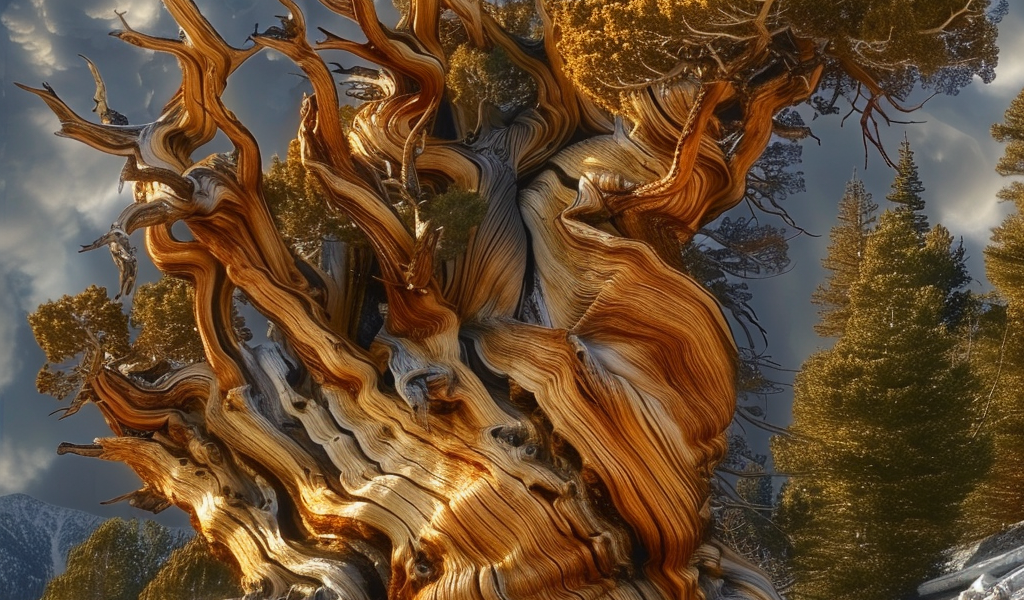Trees have long been considered as silent witnesses to the passage of time, embodying nature’s resilience and endurance in the face of various challenges. Among these ancient beings, one tree stands out as a true testament to longevity – ‘Methuselah,’ the world’s oldest living tree.
Located in the White Mountains of California, Methuselah belongs to the bristlecone pine species, scientifically known as ‘Pinus Longaeva.’ While the exact age of Methuselah remains unknown, experts estimate that it has been thriving for nearly 5,000 years, making it a living relic of the past.
Discovered and named by dendrochronologist Edmund Schulman in 1957, Methuselah is shrouded in mystery and legend, much like its biblical namesake who reputedly lived for over 900 years. This ancient tree has weathered countless storms, both literal and metaphorical, standing tall as a symbol of resilience and adaptability.
Unlike other trees that have succumbed to the passage of time, Methuselah continues to thrive, thanks to its unique characteristics as an ‘extremeophile.’ Bristlecone pines are known for their slow growth and ability to withstand harsh environmental conditions, such as cold temperatures, high winds, and dry soils.
One of the remarkable features of these ancient trees is their ‘sectored architecture,’ which allows them to survive even when parts of their roots die off. This adaptive strategy ensures the tree’s survival, enabling it to endure for millennia.
Despite its age, Methuselah remains a living entity, standing as a silent sentinel in the Inyo National Forest. Guarded by the U.S. Forest Service to protect it from harm, Methuselah continues to inspire awe and admiration among those who are fortunate enough to encounter this ancient giant.
However, the future of Methuselah and other ancient trees is under threat due to the impacts of climate change. Scientists warn that rising temperatures, prolonged droughts, and increased forest fires pose significant risks to these venerable beings, putting their survival at risk.
As we marvel at the resilience of Methuselah and its counterparts, we are reminded of the importance of preserving these natural wonders for future generations. Through conservation efforts and sustainable practices, we can ensure that these ancient trees continue to stand as living testaments to the enduring power of nature.





